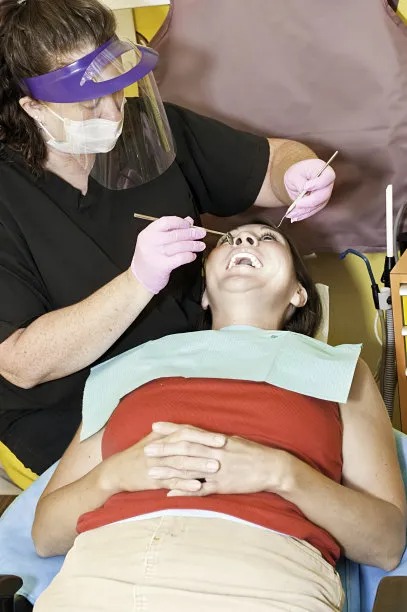The Essential Guide to Safely Extracting a Tooth at Home and Understanding the Recovery Process
Summary: This article provides a comprehensive guide to the safe extraction of a tooth at home, exploring the critical aspects including preparation and tools, the extraction process, post-extraction care, and understanding the recovery timeline. It aims to equip readers with knowledge to ensure a safer experience and reduce potential complications. The guide emphasizes the importance of being well-prepared and offers practical advice for managing pain and promoting healthy healing.
1. Preparation and Essential Tools Needed

Before attempting to extract a tooth at home, thorough preparation is key. Begin by ensuring you have the right tools. Essential items include dental floss, antiseptic mouthwash, gauze, and a pair of sterilized tweezers. It’s important to avoid makeshift tools that can cause injury or complicate the process.
Additionally, ensure you are in a clean and well-lit environment to minimize the risk of infection. Wearing gloves is advisable to maintain hygiene standards, even if the procedure is being done at home. A clean workspace helps prevent bacteria from entering the extraction site, thereby promoting better healing.
Finally, consider your pain tolerance and emotional readiness. If youre feeling anxious, it may be wise to consult with a dental professional first or seek alternatives to at-home extraction. Such considerations can significantly impact the overall experience and outcome of the procedure.
2. Steps for Safe Tooth Extraction
Once you have prepared adequately, it is important to follow methodical steps for a safe extraction. First, use dental floss to gently wiggle the tooth back and forth. This creates some looseness in the socket, making the extraction easier. Take your time with this step to minimize trauma to the surrounding gums.
Next, using your steriled tweezers, grip the tooth firmly but gently. Pull it out straightforwardly without twisting or jerking. If the tooth doesnt come out easily, do not force it. Instead, reassess the tooths looseness and continue wiggling until you feel its ready.
After the tooth has been successfully extracted, bite down on a piece of gauze to help control bleeding. Keep it in place for at least 30 minutes or until the blood clots, ensuring you dont disturb the area with unnecessary movement or pressure.
3. Aftercare for Your Extraction Site
Post-extraction care is critical in ensuring that your mouth heals properly. Initially, avoid rinsing your mouth for 24 hours to let the blood clot form without disturbance. After this period, you can rinse gently with a saltwater solution to aid healing and cleanse the area.
It is also essential to manage any pain effectively. Over-the-counter pain relievers can help, but adhere to the recommended dosages. Cold compresses applied to the outside of your mouth can also reduce swelling and discomfort.
Stay hydrated, but avoid drinking through straws or consuming hard foods that may disrupt the healing process. Instead, opt for soft foods and plenty of fluids to keep your body nourished while the site heals.
4. Understanding the Recovery Timeline
After extracting a tooth, the healing process usually spans several days to weeks, depending on various factors such as the complexity of the extraction and your overall health. The first few days are the most critical; expect some swelling and discomfort during this time.
Most bleeding should cease within a few hours, but if it persists, follow your dentists advice on when to seek further help. During recovery, monitor the area closely for any signs of infection—these include increasing pain, swelling, fever, or pus discharge.
Typically, minor discomfort should subside within a week, with most healing completed within two weeks. However, full recovery can take longer for everyone. Patience is key, and following post-care guidelines will result in the best recovery outcomes.
Summary:
In conclusion, while extracting a tooth at home is possible, thorough preparation, adhering to safe extraction techniques, and diligent post-operative care are crucial for a smooth recovery. Being informed empowers you to make safe choices regarding your dental health, but consulting a professional when in doubt is always advisable.
This article is compiled by Vickong Dental and the content is for reference only.


